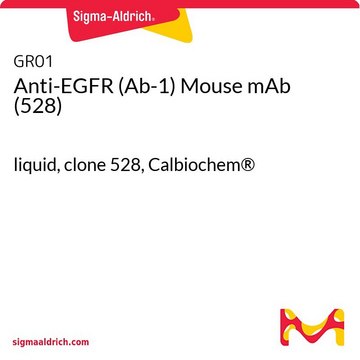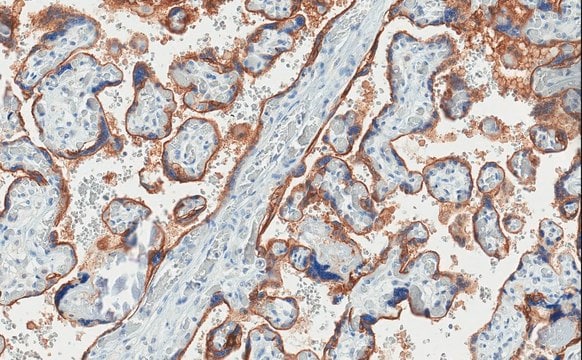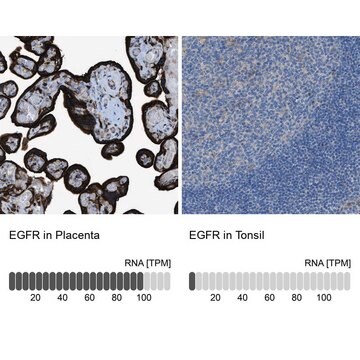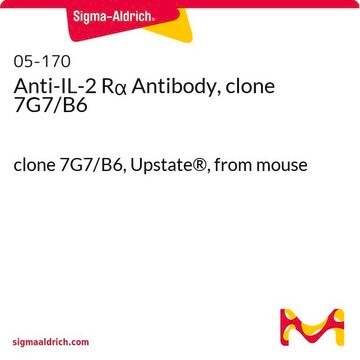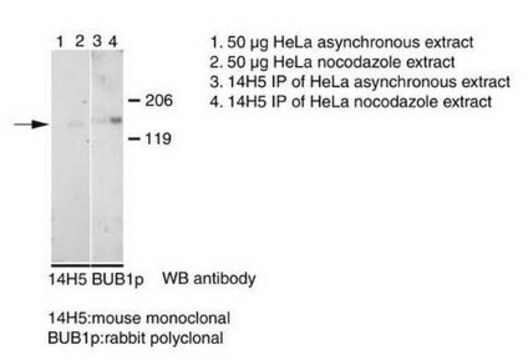SAB4200809
Anti-Epidermal Growth Factor (EGF) Receptor, Mouse monoclonal
clone 29.1, purified from hybridoma cell culture
Synonym(s):
EGFR, Proto-oncogene c-ErbB-1, Receptor tyrosine-protein kinase erbB-1
About This Item
Recommended Products
biological source
mouse
antibody form
purified from hybridoma cell culture
antibody product type
primary antibodies
clone
29.1, monoclonal
form
buffered aqueous solution
mol wt
~170 kDa
species reactivity
human, bovine, mouse
packaging
antibody small pack of 25 μL
concentration
~1 mg/mL
technique(s)
immunoblotting: 0.5-1 μg/mL using human epidermoid carcinoma A431 cell line extract.
immunofluorescence: 2-4 μg/mL using human epidermoid carcinoma A431 cells.
isotype
IgG1
UniProt accession no.
shipped in
dry ice
storage temp.
−20°C
target post-translational modification
unmodified
Gene Information
human ... EGFR(1956)
General description
Immunogen
Application
Physical form
Other Notes
Not finding the right product?
Try our Product Selector Tool.
Storage Class
10 - Combustible liquids
wgk_germany
WGK 1
flash_point_f
Not applicable
flash_point_c
Not applicable
Certificates of Analysis (COA)
Search for Certificates of Analysis (COA) by entering the products Lot/Batch Number. Lot and Batch Numbers can be found on a product’s label following the words ‘Lot’ or ‘Batch’.
Already Own This Product?
Find documentation for the products that you have recently purchased in the Document Library.
Our team of scientists has experience in all areas of research including Life Science, Material Science, Chemical Synthesis, Chromatography, Analytical and many others.
Contact Technical Service